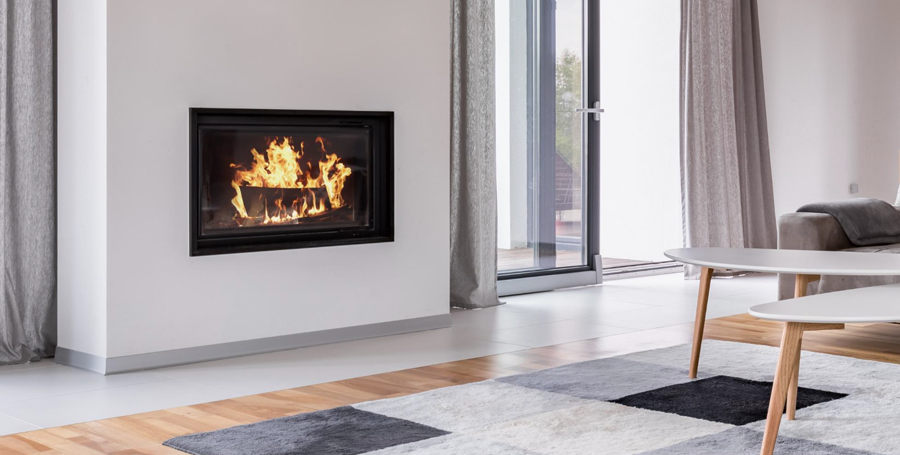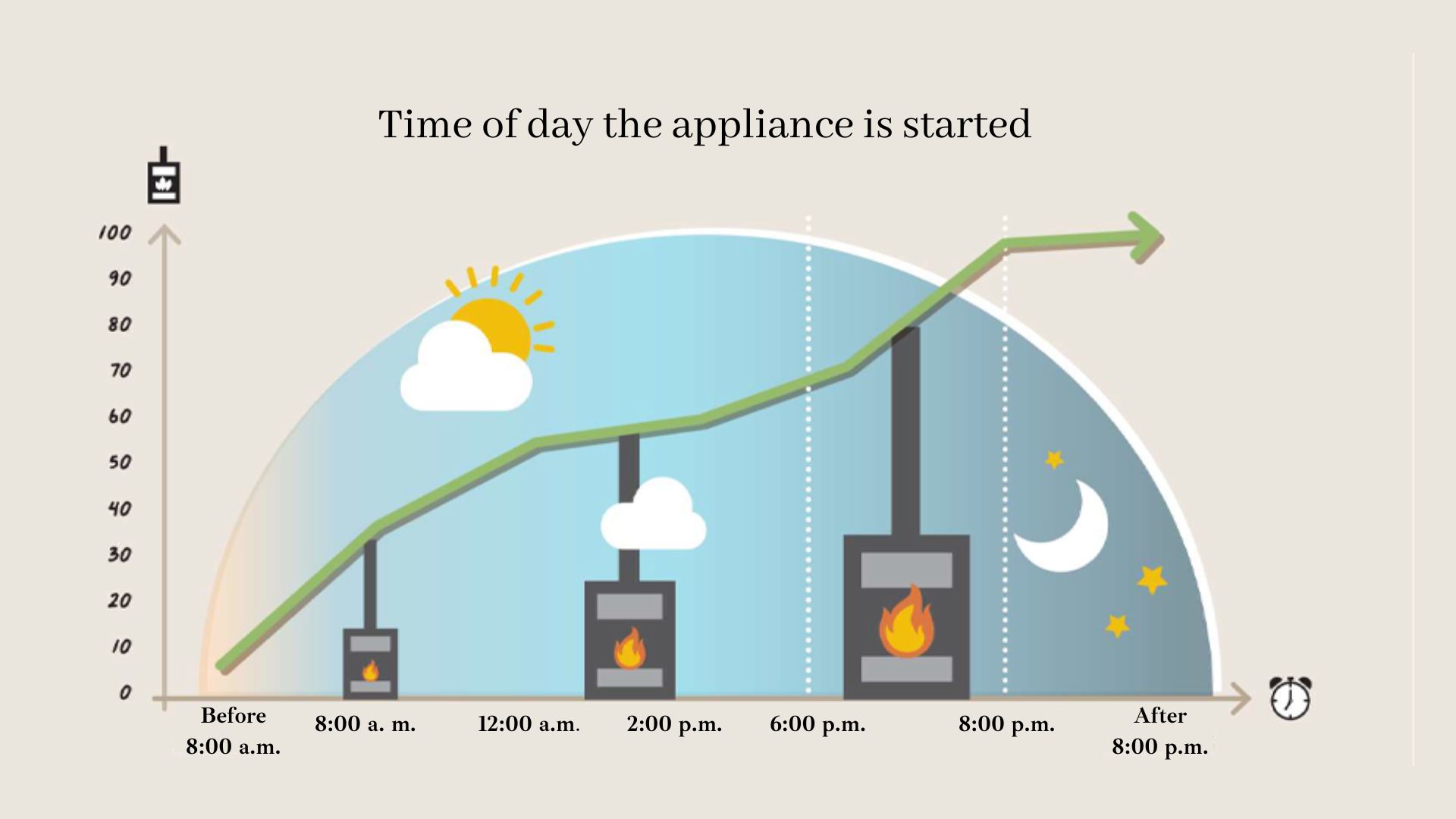How wood heating helps relieve the French electricity grid in winter
The recent study published by the IFOP institute for Cheminées Poujoulat makes it possible, on the one hand, to know more precisely the place of wood heating within French households, and on the other hand, to estimate its importance in the energy mix in a winter period when our energy systems are subjected to great tensions. And the little that can be said is that wood heating is essential to the balance of this system. Here are some illuminating figures.

Almost 1/4 of heating needs covered by wood in the residential sector
In 2020, with an estimated 7 million wood log and pellet appliances in France, domestic wood heating covered 24% of the heating needs of the residential sector.
7 million appliances, that is 40% of equipped single-family houses, which shows the establishment of this heating method in France. Here is the breakdown by appliance:
- 6 million log-burning appliances (closed fireplaces, inserts, stoves, open fireplaces)
- 1.5 million pellet stoves
- 180,000 pellet boilers
Half of the owners of a wood-burning stove use it as their main heating system
This is a second figure worth noting. Of those who have wood heating, 49% use it as their main form of heating, while 43% use it as an additional form of heating.
This distribution confirms how wood heating is able to adapt to every need, but also how wood energy can be combined very easily with other heating methods. As a main or supplementary heating source, wood heating offers a wide range of possibilities and configurations thanks to its diversity of appliances and fuels. As a complement to energies such as oil and gas, it also makes it possible to reduce the CO2 emissions linked to these fossil fuels.
The use of wood heating by the French
Unsurprisingly, use is highest during the winter season, at least 60 days/year for 66% of wood-burning appliance owners (40% of whom use it for more than 90 days).
66% use it at least 6 hours/day.
There are two time slots for the first start of the appliance:
- Before 6am: 7%
- 6am > 8am: 30%
- 8am > 12pm: 18%
- 12pm > 2pm: 5
- 2pm > 6pm: 12
- 6pm > 8pm: 26% (including 13% of first-time start-ups between 6pm and 7pm)
- After 8pm: 2%
More than 70% of the users of wood-burning appliances have therefore already switched on their appliance before the 7 p.m. peak electricity demand:
Source: analysis based on the results of the IFOP / Poujoulat survey (September/October 2022)
The inertia and the start-up of appliances before 7pm lead to the estimation that 77% of the appliances in the stock (2.6 million pieces of equipment) produce or have produced the energy necessary to heat part of the home at 7pm*.
And this contribution of wood heating is far from insignificant for the French electricity network, as the study based on the IFOP survey shows.
The decisive boost of wood energy at the time of the electricity peak
Domestic wood heating, as it is used by the French today, can in fact cancel out 10 GW of power demand for the electricity network, precisely at the time when the latter experiences its peak demand at 7pm in winter.
Why 7pm? Quite simply, this is the time when most French people return home and turn on their electrical equipment, lighting, heating and cooking. This is therefore the time of peak demand for power.
What does 10 GW represent in the French energy landscape?
In terms of consumption, during winter evenings, the total potential energy demand ranges from 75 GW to 100 GW (depending on temperatures). In terms of production, 10 GW is equivalent to about 10 nuclear reactors.
It can therefore be said that wood heating plays a major role in the current balance of electricity supply and demand in France.
And tomorrow?
Projections for the development of the stock of efficient wood-burning appliances by 2030 suggest that an additional 5 to 11 GW could be supplied by domestic wood-burning. This is one less load - a vital contribution, in fact - for an electricity network that is increasingly under pressure from the growing electrification of uses (the development of electric vehicles, for example).
To the question "Is the wood sector able to respond to this increase in electrification?", we answer positively. The improvement of the energy performance of housing (thanks to better insulation) and the energy efficiency of new appliances (which will gradually replace the old stock) will make it possible to meet a greater need for heating without using more forest resources.
"To achieve the energy transition, developing electric renewables will not be enough. We will need to deploy electricity and renewable heat in parallel. These two components are essential and this study shows how complementary they are: by helping to control electricity peaks in winter, the production of renewable heat makes it possible to envisage very high shares of renewable electricity in our energy system," reminds Jules Nyssen, President of the Syndicat pf renewable energies.
>Consult the IFOP / Poujoulat survey
>Consult the analysis based on the IFOP / Poujoulat survey












